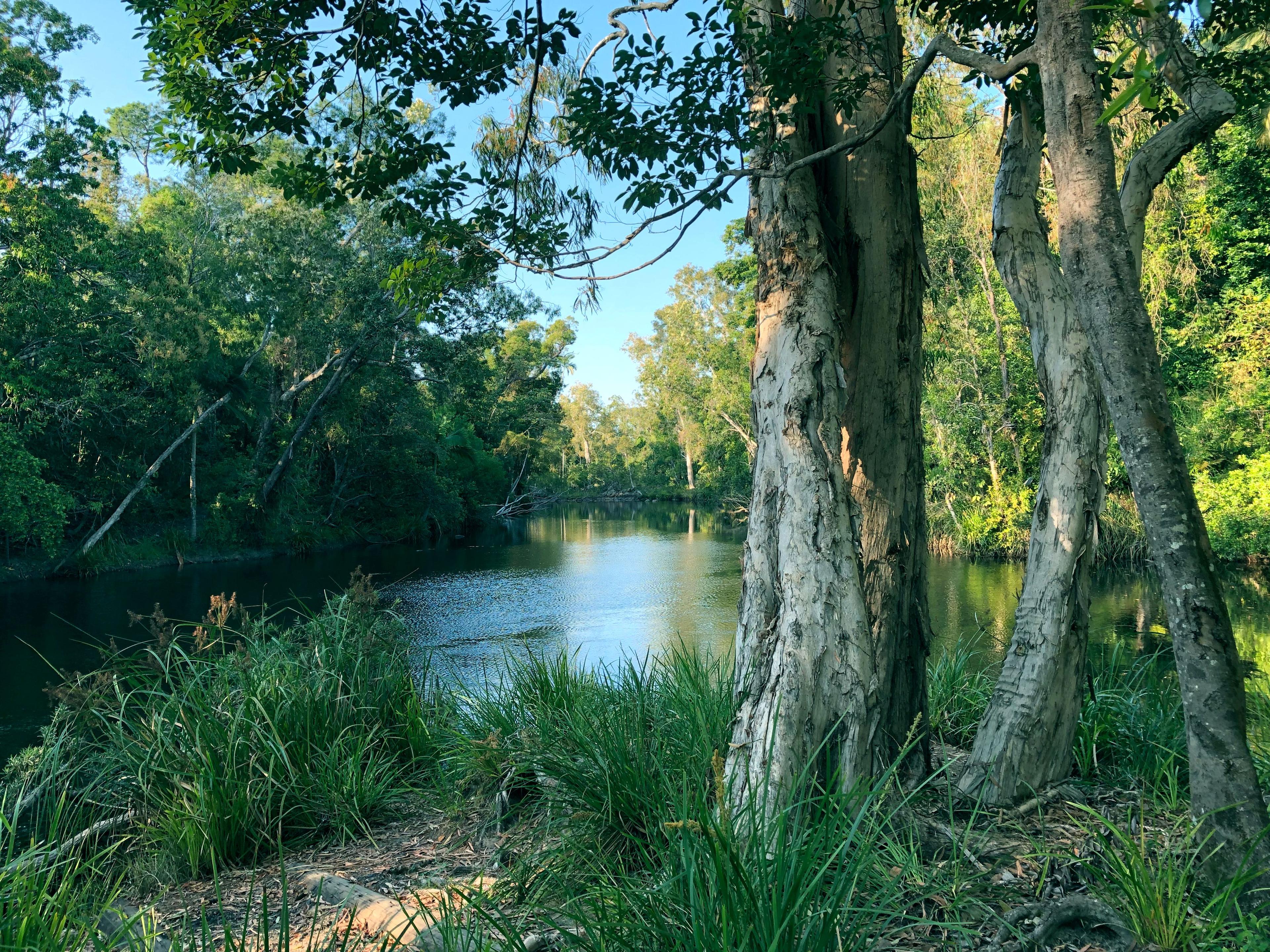How do we know Australia is in a biodiversity crisis? A summary of the science

Image: Jaana Dielenberg
News story
15 January 2024
This article summarises the findings of studies which document how Australia's native plants, animals and ecosystems are doing. They show that since European colonisation, Australia's rich biodiversity has been in rapid decline.
Australians are custodians of unique biodiversity
Biodiversity is the plants, animals and other living things on the planet. Australia is a mega-biodiverse region. Millions of years of geographical isolation have resulted in a very high diversity of species that are found nowhere else on the planet. So far, >21 000 species of plants, 8000 species of vertebrates, and 110 000 species of insects and other invertebrates have been described.
The vast majority are endemic meaning they are found nowhere else. This includes:
- 93% of Australia's flowering plants
- more than 80% of our invertebrates
- 87% of our mammals
- 93% of our reptiles
- 94% of our frogs
- 74% of our freshwater fishes, and
- more than 50% of our temperate marine fishes.
When Europeans first colonised Australia our landscapes were full of a rich diversity of plants and animals. First Peoples custodians were part of and cared for these landscapes with traditional practices and our ecosystems and species thrived.
Many species and ecosystems are in trouble
Since European colonisation, this rich biodiversity has experienced large and rapid declines. More than one hundred Australian species (and subspecies) have been formally recognised as extinct including 34 mammal species, representing 10% of Australia's endemic mammals at the time of European arrival. Twenty-two freshwater fish species are at high risk of extinction within the next 20 years.
More than two thousand species (and subspecies) are nationally listed as threatened with extinction and hundreds more at State and Territory levels. Many once widespread species that are important ecosystem engineers, such as digging mammals, now persist only in small fragments of former natural ranges.
The situation is likely far worse than reported, due to new species becoming extinct before they are identified, a lack of effective monitoring of most species and ecosystems, and under-reporting of extinction.
Declines are on-going and accelerating
In 2023, 144 new species were added to the national threatened species list - five times more than the yearly average.
Population sizes of threatened birds have declined to half (47%), and threatened plants to almost one quarter (73%) of their populations, on average, since 1995.
Three vertebrate species have been declared extinct in the last fifteen years: the Christmas Island Pipistrelle, Christmas Island forest skink and Bramble Cay melomys.
There is a > 50% likelihood that a further 16 vertebrate species (or subspecies), for which there have been no recent verified records, are already extinct, with four almost certainly extinct.
Catastrophic losses are occurring
Events where large numbers of individuals die are increasing. These include:
- an estimated 3 billion vertebrate animals (mammals, birds, reptiles, fish, frogs) and 60 billion invertebrate animals killed or displaced in the Black Summer fires
- four mass coral bleaching events on the Great Barrier Reef in the past seven years
- multiple major fish kills in the Murray-Darling Basin, and
- deaths of large numbers of flying foxes and cockatoos in very hot weather. These animals are are important forest pollinators and seed dispersers.
Feral and free-roaming cats and foxes kill more than 2.6 billion vertebrate animals and many more invertebrates every year, with the vast majority being native species.
Most ecosystems are in decline and 17 are showing signs of collapse, including mangroves critical for fish spawning in the Gulf of Carpentaria, and the tall wet forests of Victoria that store more carbon than any other forest on the planet.
Since giant kelp forests were listed as Endangered in 2012, declines have continued and less than 5% of this ecosystem, that was widespread in coastal waters of southeastern Australia, remains.
Ninety-five per cent of Australian shellfish reefs and half of our total seagrass area have been destroyed.
Ecosystem processes are being eroded rapidly, with pollination by native species, soil turnover through digging, water filtration, and carbon sequestration all much depleted.
Extreme climatic events (2011 to 2017) have led to abrupt and extensive mortality of key marine habitat-forming organisms—corals, kelps, seagrasses, and mangroves—along over 45% of the Australian coastline.
This article is adapted from a Viewpoint article in the scientific journal Ecological Restoration and Management. It is republished under a CC BY-NC 4.0 DEED Licence.













